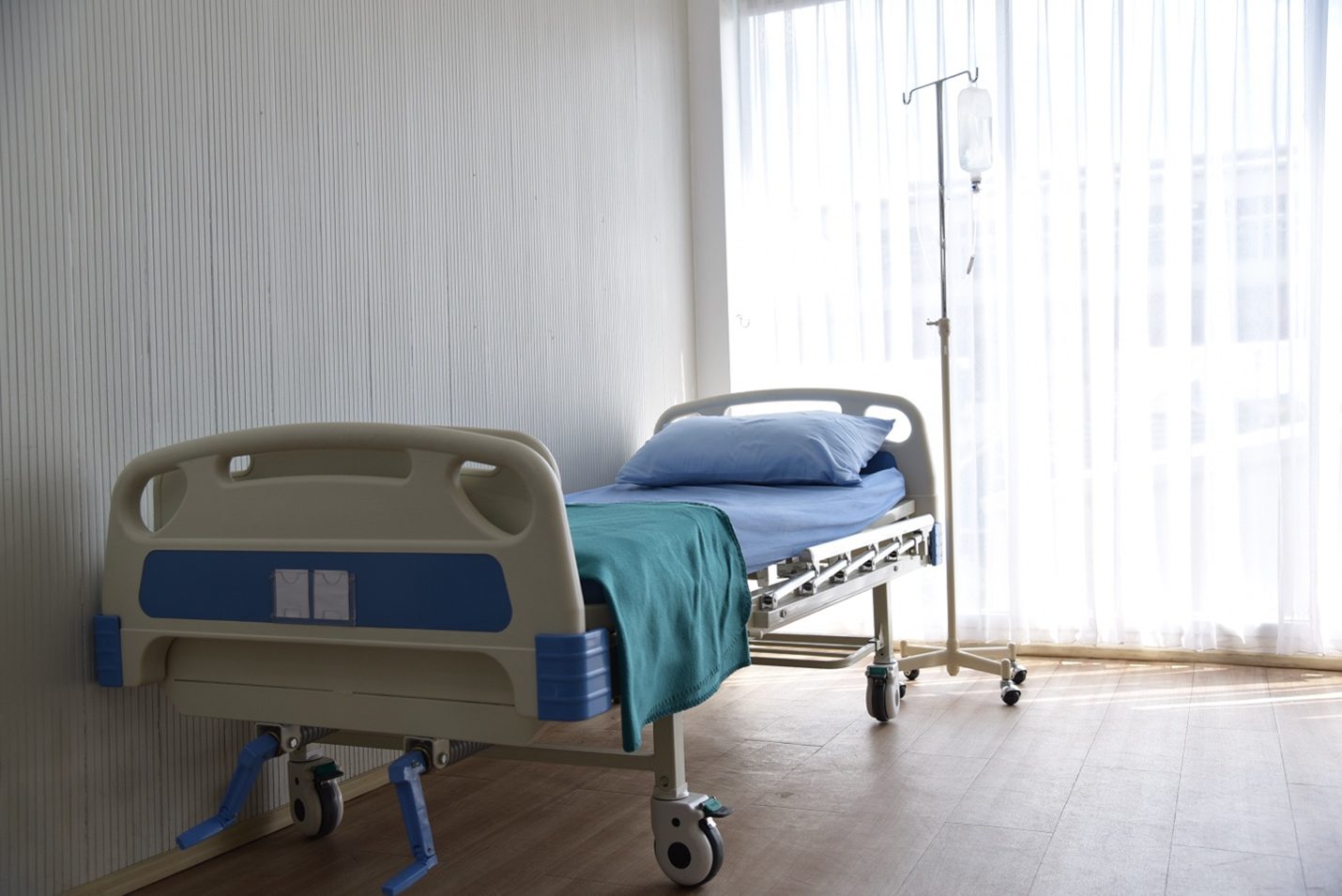
@ShahidNShah


A trip to the emergency room can feel like the only option during a crisis, yet many patients leave shocked by the bill that follows. The true cost of emergency care extends far beyond the visible charges for treatment. Understanding the factors that inflate ER costs can help patients make informed choices about where to seek care and how to manage unexpected expenses.
One of the most surprising additions to an emergency room bill is the facility fee. This charge covers the hospital’s overhead, equipment, and staffing, even before a doctor evaluates the patient. Facility fees can range from a few hundred to several thousand dollars, depending on the hospital and the severity level assigned at check-in. Patients who visit the ER for minor issues often pay the same base fee as those with life-threatening emergencies.
Emergency departments often rely on extensive testing to rule out serious conditions quickly. CT scans, X-rays, and blood panels can each add hundreds or even thousands of dollars to a final bill. In many hospitals, every specialist who reviews a case, such as a radiologist or cardiologist, bills separately for their services. These costs add up quickly, particularly if multiple departments become involved in the same visit.
Even with insurance, many patients face unexpected out-of-network costs. Hospitals may be part of an insurance network, but individual physicians or lab services may not. As a result, patients sometimes receive multiple bills from providers they have never met, all related to a single ER visit. Reviewing insurance coverage and confirming network status beforehand is ideal, but emergencies rarely allow time for verification.
Simple items like over-the-counter pain relievers, bandages, or IV fluids can carry significant markups in an emergency setting. The convenience of immediate access often means paying premium prices for basic supplies. Additionally, hospitals may charge for medications at rates far higher than retail pharmacies, creating another layer of cost that patients do not anticipate.
Not every health concern requires a full emergency department visit. For minor injuries, fevers, or infections, an urgent care center can often provide treatment at a fraction of the price. These facilities typically post transparent pricing and shorter wait times while still offering access to qualified medical professionals. Choosing the right level of care can prevent unnecessary financial stress.
Emergency care remains essential for serious or life-threatening conditions, but patients can take steps to reduce financial strain. Keeping insurance information current, reviewing plan benefits, and setting aside funds for medical expenses can help manage sudden costs. Knowing which local facilities accept your insurance and what alternatives exist for non-critical care allows for faster and more cost-effective decisions in stressful moments.
Hidden costs in emergency care often arise from the structure of the healthcare system rather than the treatment itself. Awareness and preparation empower patients to make choices that protect both their health and their finances. For more information, look over the accompanying resource.

Chief Editor - Medigy & HealthcareGuys.
A backyard or community pool can be a refreshing escape, but the chemicals that keep the water clean may also affect your breathing. Chlorine and other sanitizing agents are essential for preventing …
Posted Nov 10, 2025 Healthcare
Connecting innovation decision makers to authoritative information, institutions, people and insights.
Medigy accurately delivers healthcare and technology information, news and insight from around the world.
Medigy surfaces the world's best crowdsourced health tech offerings with social interactions and peer reviews.
© 2025 Netspective Foundation, Inc. All Rights Reserved.
Built on Dec 12, 2025 at 1:25pm